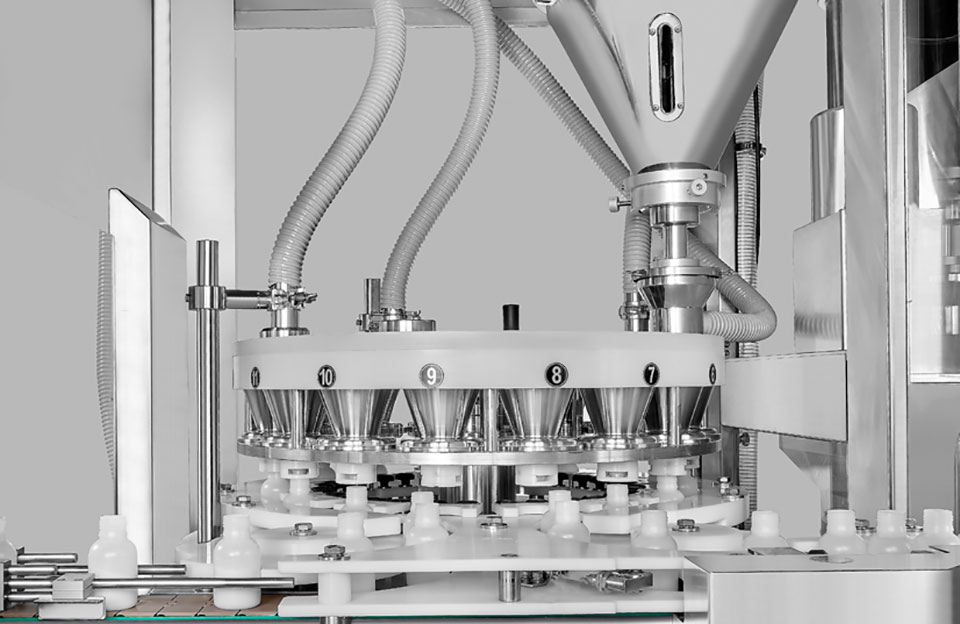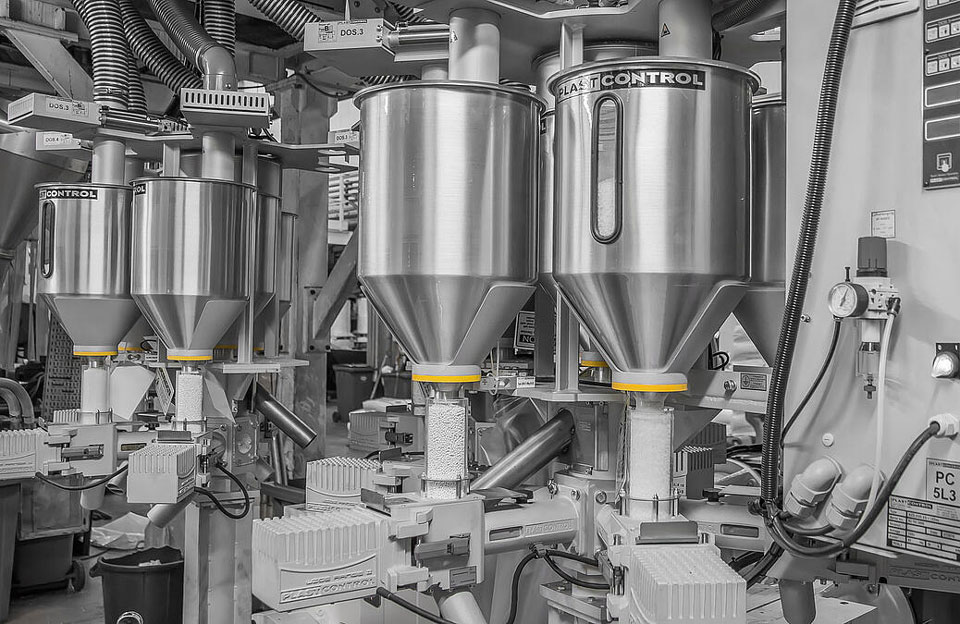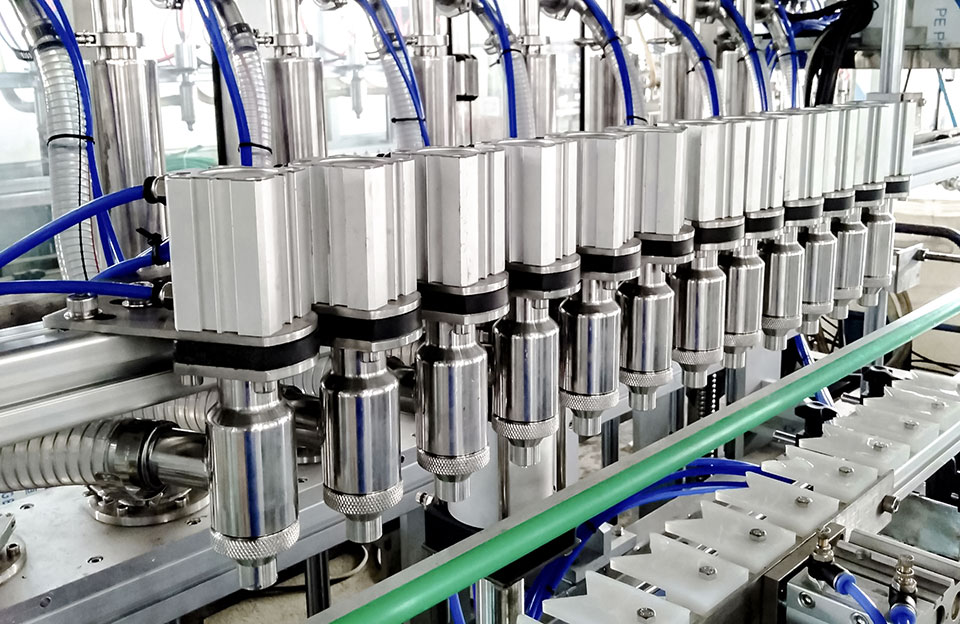In recent years, the continuous development of science and technology has prompted the replacement of powder filling machines. It is a significant issue to use the machine correctly. The powder filling machine operation safety guide effectively solves this problem, and using powder filling machines correctly can significantly improve the efficiency and productivity of various tasks and processes.
Installation Precautions of Powder Filling Machine
When installing a powder filling machine, it is critical to follow powder filling machine operation safety guide to ensure proper installation, safe operation, and optimum performance. Here are some considerations to consider when installing a powder filling machine:
- Location and Environment: Choose a well-ventilated area with enough space for the machine and its accessories. Ensure the installation site is clean, dry, and free from dust, excessive humidity, and direct sunlight, and avoid placing the machine near heat sources, vibration, or electromagnetic interference.
- Power Supply: Make sure that the power supply meets the specifications and requirements of the powder filling machine. Use the correct voltage, frequency, and grounding method specified by the manufacturer, and install proper circuit breakers and fuses to protect the machine from power surges or electrical failures.
- Assembly and Alignment: Accurately assemble the machine and its components according to the manufacturer’s instructions, paying attention to the alignment and tightness of the connections to prevent leakage or malfunction. Proper calibration and adjustments are made to the machine to ensure accurate fill measurements.
- Safety Precautions: Prioritize safety during installation and wear appropriate personal protective equipment (PPE), such as gloves and safety glasses. Become familiar with the machine’s safety features, emergency stop buttons, and other safety mechanisms, and ensure that all safety guards and interlocks are correctly installed and functioning.
- Installation Assistance: If the machine is complex or requires specialized knowledge, seek assistance from the manufacturer’s technician or a professional experienced in installing similar equipment. Follow the manufacturer’s guidelines for lifting and moving heavy components or machines.
- Connection with Auxiliary Equipment: If the powder filling machine needs to be connected to other auxiliary equipment, such as conveyor belts, hoppers, or dust collectors, please ensure that it is properly aligned and connected firmly. Check that the interfaces and connections between the machine and other equipment are compatible and properly configured.
- Training and Documentation: Ensure operators and maintenance personnel receive proper training on the installation, operation, and maintenance of the powder filling machine. Keep all manuals, documents, and technical specifications provided by the manufacturer in a safe place for future reference.
Powder Filling Machine Operation Safety Guide
Adherence to powder filling machine operation safety guide can protect operators, prevent accidents, and maintain a safe working environment. The following are some details about powder filling machine operation safety guide:
- Personal Protective Equipment (PPE): Always wear necessary personal protective equipment such as safety glasses, gloves, dust mask, or respirator to prevent potential hazards, including inhalation of dust and exposure to chemicals.
- Familiarize with The Machine: Before operating a powder filling machine, please read and understand the powder filling machine operation safety guide. Make sure all operators are trained and familiar with the machine’s controls, settings, emergency stop procedures, and safety features.
- Machine Inspection and Maintenance: Regularly inspect machines to identify any signs of wear, damage, or malfunction. If any problems are found, please notify the service department immediately. Follow the powder filling machine operation safety guide for machine lubrication, cleaning, and calibration.
- Cleaning and Housekeeping: Keep the machine and its surrounding area clean and free of spilled powder, debris, or obstructions that may interfere with its operation or cause slips and falls.
- Proper Powder Handling: Follow the manufacturer’s guidelines for handling and storing powders, including using appropriate container and labeling systems. Avoid overfilling the machine hopper or exceeding the recommended weight capacity, which could result in overflow or machine failure.
- Power Supply and Electricity Safety: Ensure the machine is properly grounded and connected to a stable power supply. Use circuit breakers and fuses rated for the machine, and never touch electrical components with wet hands or standing on wet surfaces to prevent electrical hazards.
- Emergency Stop Procedure: Familiarize with the location and operation of the emergency stop button on the machine. Ensure all operators know how to use it in an emergency and test the emergency stop function regularly to ensure it functions properly.
- Proper Supervision: Always supervise machine operation to prevent unauthorized access, ensure safe operating procedures are followed, and promptly address potential safety issues.
- Training and Communication: Provide all operators with comprehensive training on the safe operation of the powder filling machine, including proper start-up, shutdown, and troubleshooting procedures.
- First Aid and Emergency Response: Keep a well-equipped first aid kit near the machine and make sure the operator knows its location. Establish clear emergency response procedures and notify all personnel of emergency exits, muster points, and emergency services contact information.
Conclusion
The powder filling machine operation safety guide provides specific operating instructions. Following the powder filling machine operation safety guide will help ensure the smooth and safe operation of the machine, minimize the risk of accidents or breakdowns, and thus maximize its efficiency and reliability.


